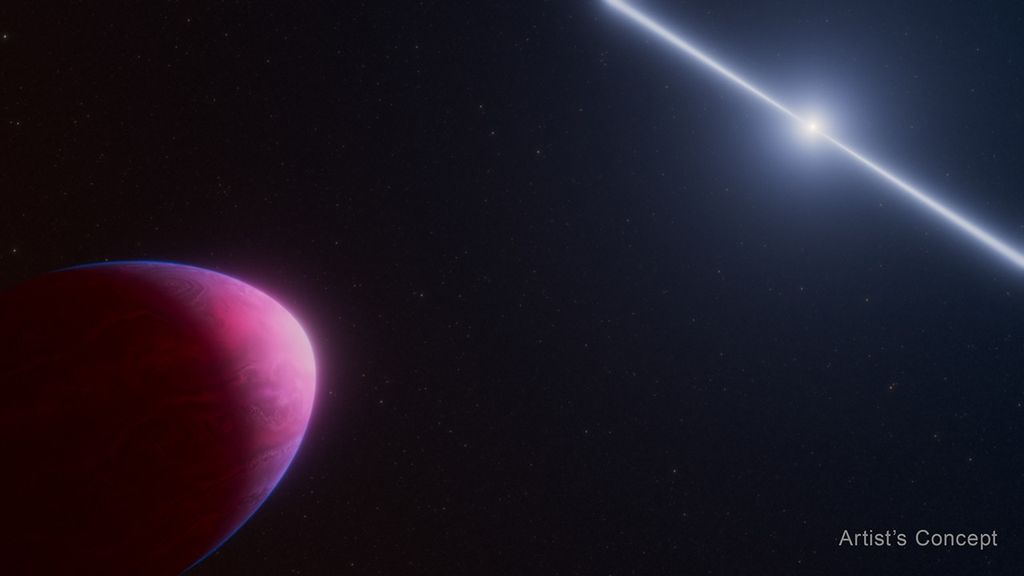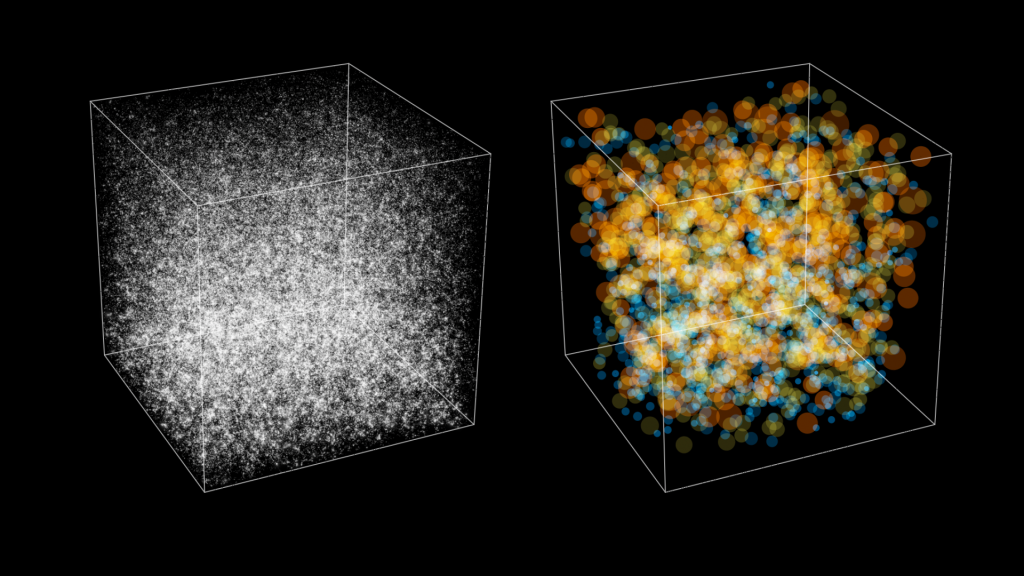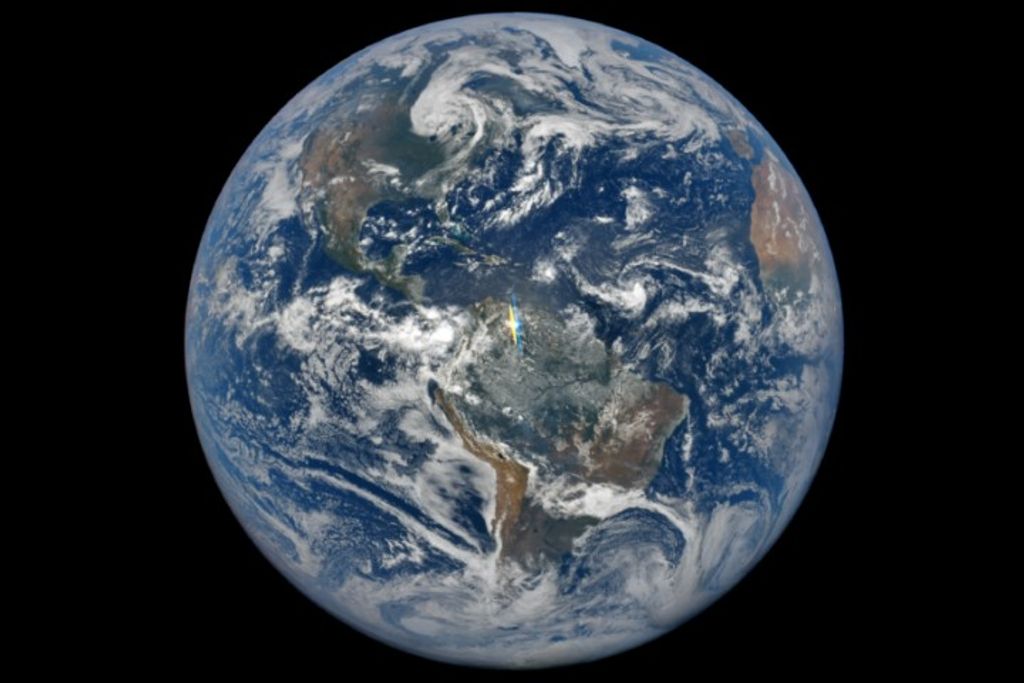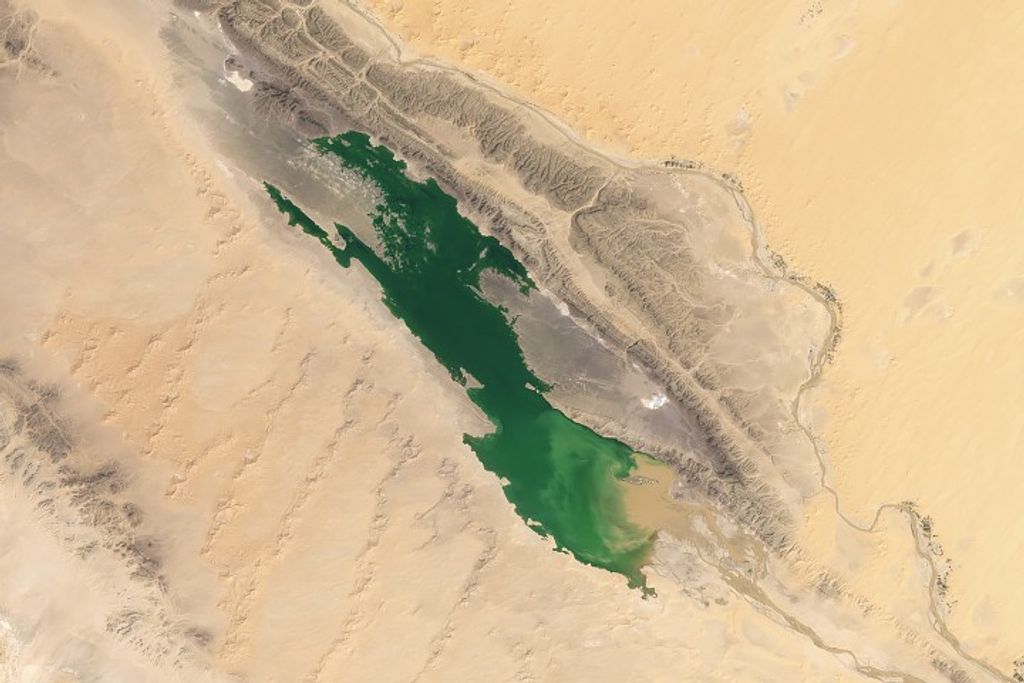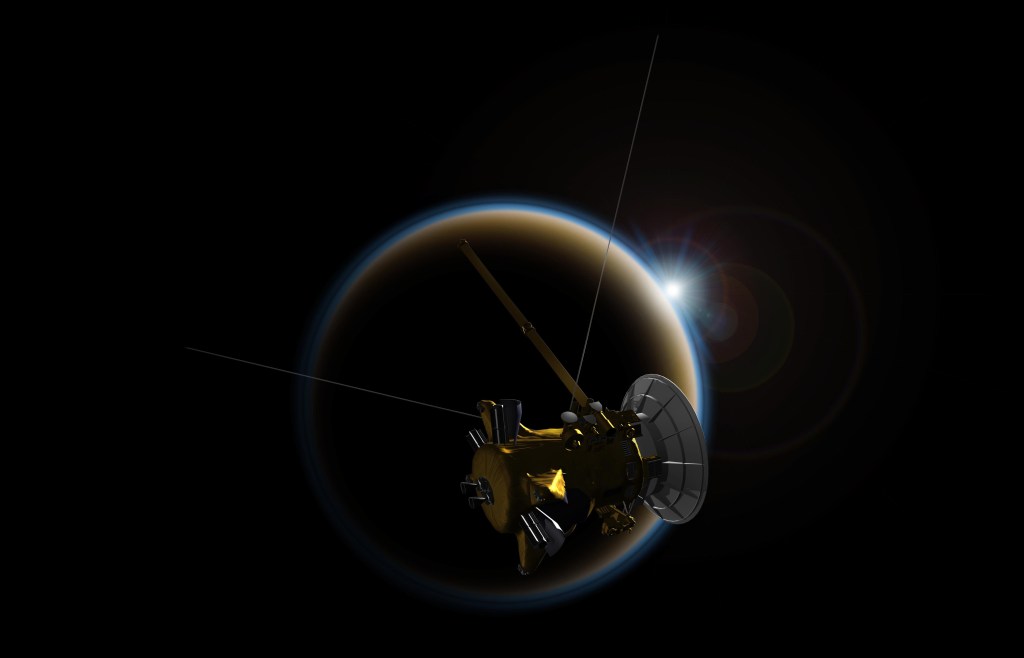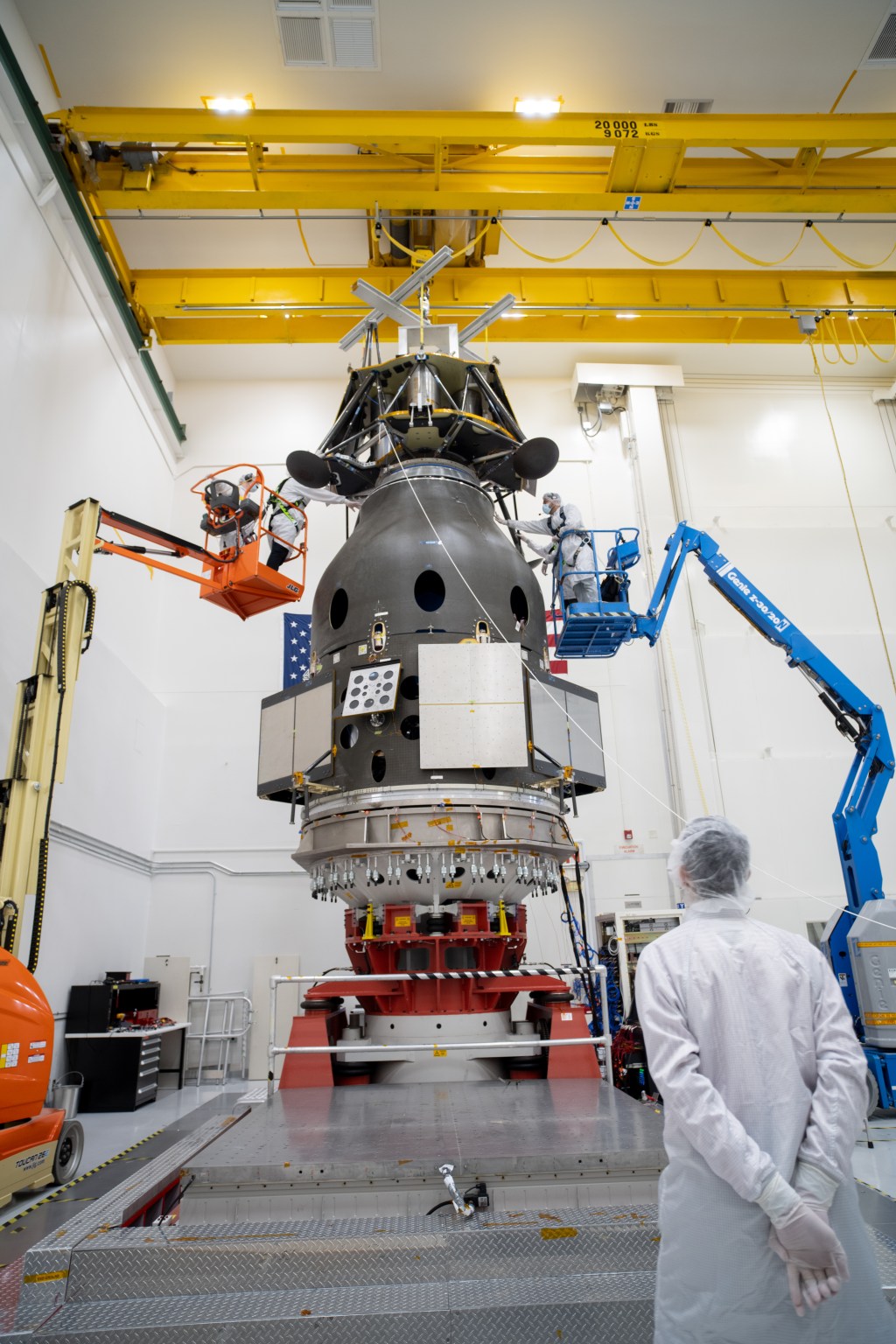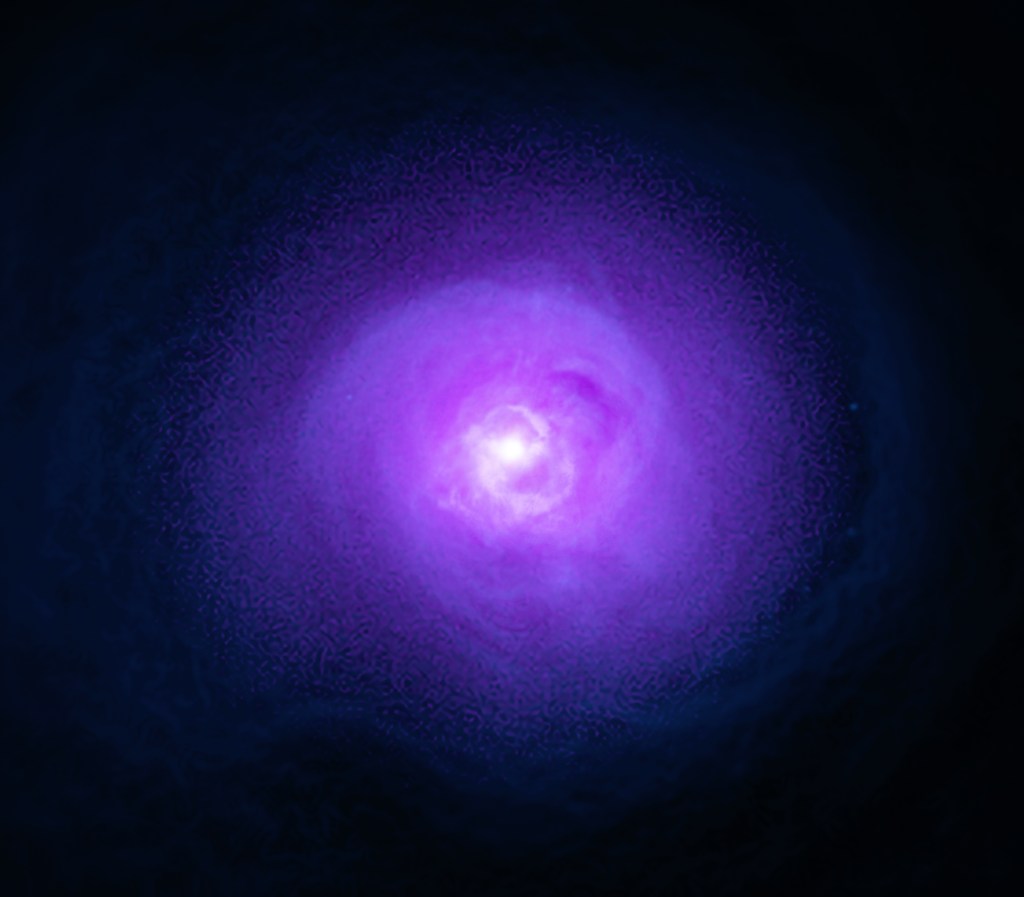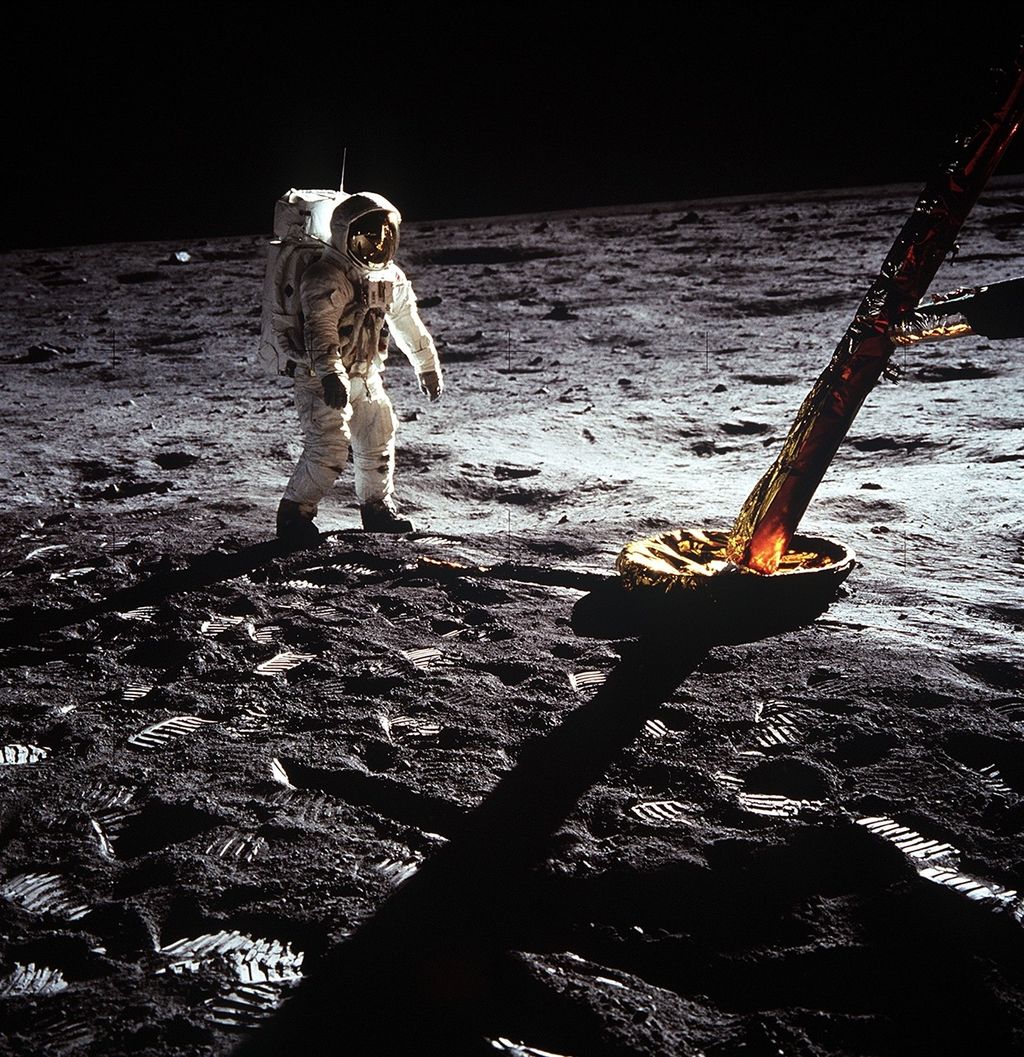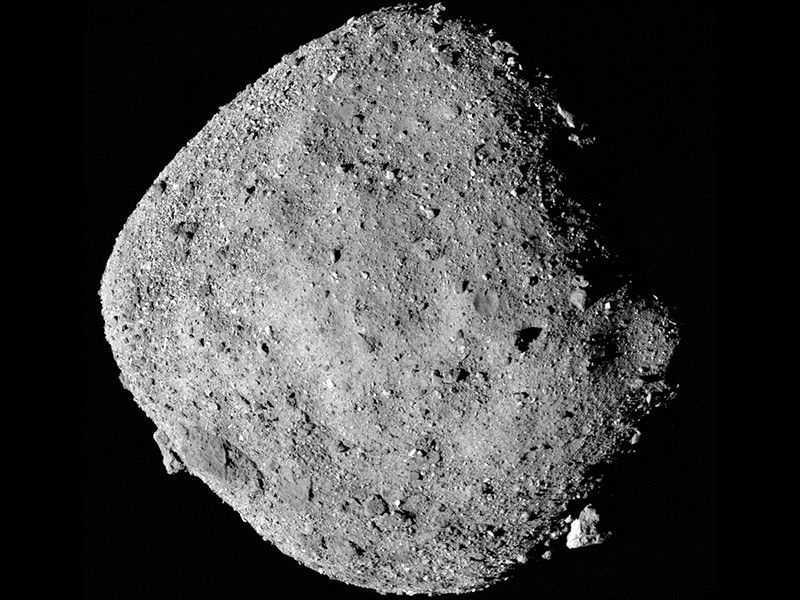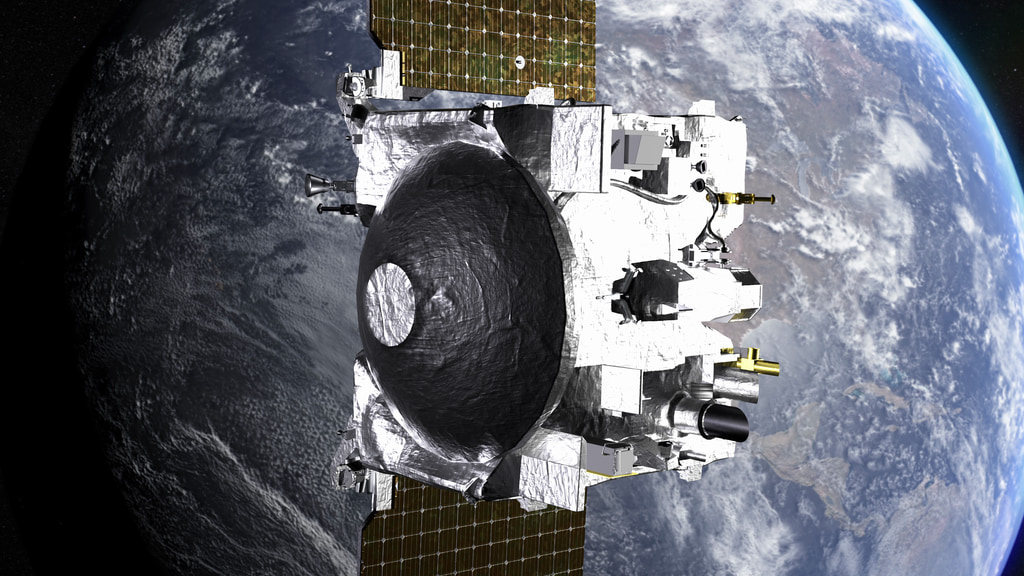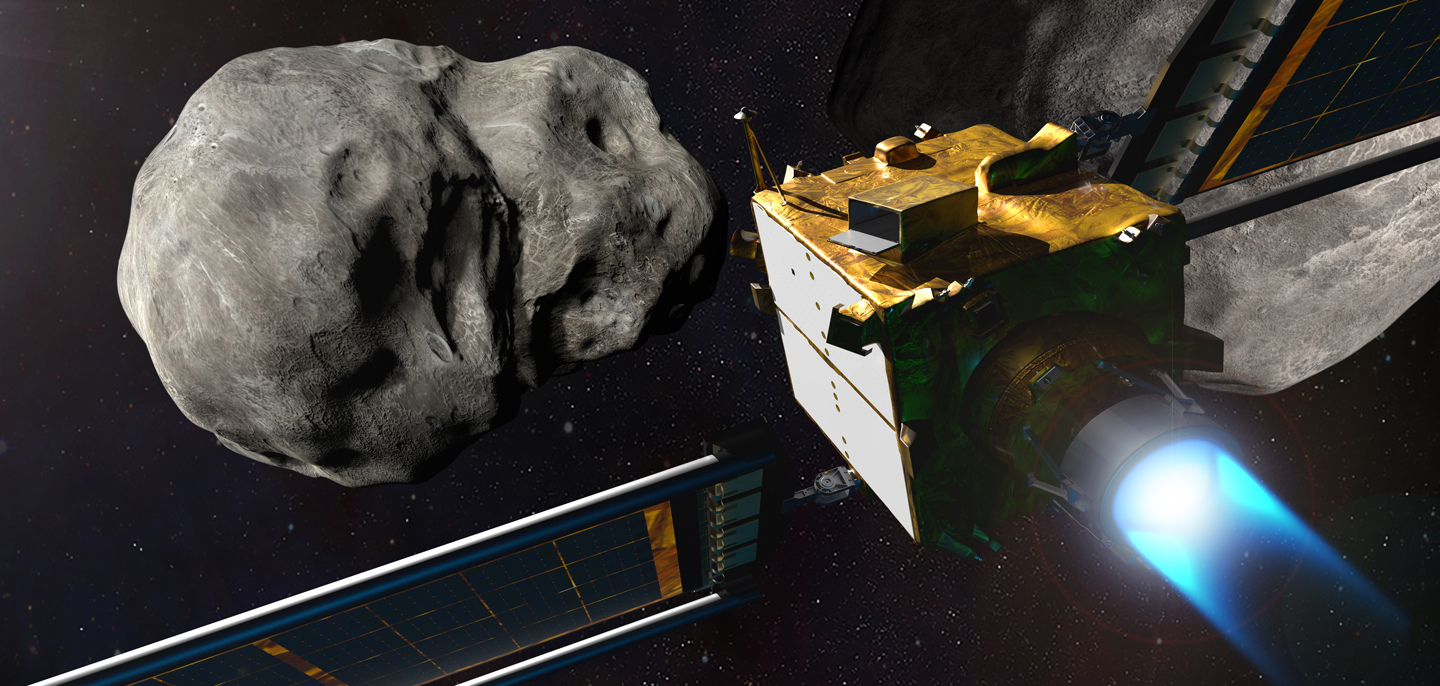Apophis Facts
Asteroid Apophis will safely pass close to Earth on April 13, 2029. This will be the closest approach to Earth by an asteroid of this size that scientists have known about in advance.
Introduction
Near-Earth asteroid Apophis is a potentially hazardous asteroid that will safely pass close to Earth on April 13, 2029. It will come about 20,000 miles (32,000 kilometers) from our planet’s surface — closer than the distance of many satellites in geosynchronous orbit (about 22,236 miles, or 36,000 kilometers, in altitude).
Apophis is a relic of the early solar system. It’s made of leftover “raw material” that was never part of a planet or moon. Apophis has a mean diameter of 1,115 feet (340 meters), and a long axis that is at least 1,480 feet (450 meters) long.
When it was discovered in 2004, it appeared Apophis might impact Earth in either 2029, 2036, or 2068. Since then, astronomers have closely watched Apophis using optical telescopes and ground-based radar, allowing its orbit to become better understood. Based on this data, NASA is now confident that there is no risk of Apophis impacting Earth for at least 100 years.
Even though Apophis does not pose any immediate risk to Earth, an asteroid of its size passing so close to our planet is a very rare event. Scientists across the globe are excited to use this opportunity to study Apophis in detail.
Observatories around the world and in space will observe asteroid Apophis’ historic close approach to better understand its physical properties. NASA also organizes the International Asteroid Warning Network (IAWN), which will coordinate Earth-based telescopic observing campaigns before and around the time of the asteroid’s flyby with our planet.
NASA has redirected a spacecraft to rendezvous with Apophis shortly after the asteroid's 2029 Earth close-approach. After successfully completing its mission to gather a sample of asteroid Bennu and bringing it to Earth in September 2023, NASA’s OSIRIS-REx was sent to study Apophis. The spacecraft was renamed OSIRIS – APophis EXplorer (OSIRIS-APEX), and it’s on its way to meet up with its new target.
The European Space Agency, ESA, also is sending a spacecraft to study Apophis. The Rapid Apophis Mission for Space Safety (Ramses), will rendezvous with the asteroid and accompany it through its close flyby of Earth in 2029.
Apophis also will be visible to observers on the ground in the Eastern Hemisphere, weather permitting, without the aid of a spacecraft, telescope or even binoculars.
What Will Happen in 2029
On April 13, 2029, Apophis and Earth, each following its own orbit around the Sun, will pass each other at a close-approach distance of only 20,000 miles (36,000 kilometers). There is no danger to Earth, to anyone or anything living on it, or to astronauts or satellites in space. But the event is an amazing and totally unprecedented opportunity to learn much more about Apophis and similar near-Earth asteroids. An asteroid this large passes this close to Earth only every few thousand years on average, so it’s likely that an event like this has not happened at any time in recorded human history. Without a doubt this is the first time it’s happened when humans have had the technology to observe it.
The most important thing happening in this event is that Apophis will be pulled, twisted, stretched, and squeezed by the gravity of Earth as it goes by, in a way that happens only during a very close encounter. The overall pull will change Apophis’s orbit around the Sun, making the orbit slightly larger and giving it a longer orbital period. The twist will very probably change the way Apophis rotates, speeding up or slowing down its spin and changing its orientation. And the stretching and squeezing may possibly cause some small landslides or other movement of surface material on the asteroid, most likely in places that are already steeply sloped. Exactly how Apophis responds to these disturbances will depend on its internal structure and the materials it’s composed of. So by observing and measuring those responses, scientists will be able to work backwards and figure out what is going on inside the asteroid.
Making those observations and measurements will take a worldwide effort from astronomers, planetary scientists, and spacecraft engineers. Earth-based telescopes will be recording Apophis’s path and measuring how its brightness changes as it rotates in the sunlight, to accurately determine the orbit and spin changes. Precisely timed radar echoes will reveal the asteroid’s shape as well as its changing orientation in space. And cameras, spectrographs, and other instruments on spacecraft, including NASA's OSRIS-APEX and ESA's Ramses spacecraft, will make high-resolution observations, measuring the detailed gravity field around Apophis and looking for any surface movements.
With these observations, we will have a greater understanding of near-Earth asteroids and the stories they tell about the history of Earth and our solar system.
Discovery and Namesake
Apophis was discovered on June 19, 2004, by astronomers Roy Tucker (1951–2021), David Tholen, and Fabrizio Bernardi at Kitt Peak National Observatory near Tucson, Arizona, using the observatory’s 2.3-meter Bok telescope. They were only able to observe the asteroid for two days because of technical and weather problems. Fortunately, a team at the Siding Spring Observatory in Australia spotted the asteroid again later in the same year on Dec. 20, 2004.
The International Astronomical Union (IAU) names small solar system bodies like asteroids. The IAU allows discoverers to propose an official name once an asteroid’s orbit is sufficiently well-known, and small body numbers have been assigned by the IAU’s Minor Planet Center. This asteroid was called 2004 MN4 until it was confirmed. Then it was assigned asteroid number 99942.
To propose an official name, Tholen explained in an email to NASA that he did an internet search and found Apep —the ancient Egyptian god of evil and destruction. He said this seemed like an appropriate name for such a potentially destructive asteroid. Then he learned that Apophis is the Greek name for Apep, and the team settled on Apophis.
Tholen said he and co-discoverer, the late Roy Tucker, were already familiar with the name Apophis because of the evil and powerful character by that name in the television series Stargate SG-1. He said it was “icing on the cake” that the name they selected was also a character in a popular TV show. But Tholen said that, contrary to some reports, the asteroid was not named for the TV character.
The name Apophis was approved in 2005 by the International Astronomical Union’s Working Group for Small Body Nomenclature.
Size and Distance
The exact shape of Apophis is still not known. Radar observations suggest Apophis is elongated and possibly has two lobes, so that it could look something like a peanut. Apophis has a mean diameter of 1,115 feet (340 meters), and a long axis that is at least 1,480 feet (450 meters) long. Apophis is little longer than an NFL football field and about the height of the Eiffel Tower.
As mentioned above, Apophis will pass about 20,000 miles (32,000 kilometers) from Earth’s surface on April 13, 2029. This will be the closest approach to Earth by an asteroid of this size that scientists have known about in advance. At its farthest, Apophis can reach a distance of about 186 million miles (299 million kilometers) from Earth.
Orbit and Rotation
Apophis completes an orbit around the Sun in a little less than one Earth year (about 0.9 years), and it crosses the orbit of Earth. This places it in the group of Earth-crossing asteroids known as "Atens," those with orbital periods shorter than a year.
As a result of its close encounter with Earth in 2029, the asteroid's orbit will be enlarged to become slightly larger than Earth's orbit with an orbit period of a little more than a year (about 1.2 years). At this point, it will be reclassified from the Aten group to the "Apollo" group.
The asteroid rotates end-over-end, approximately around its short axis, about once every 31 hours. There is also a “rocking” motion back and forth about its long axis, as well, which occurs over a much longer period of about 264 hours . The technical term for this rocking motion is “non-principal axis rotation.”
Formation
Like all asteroids, Apophis is a remnant from the early formation of our solar system about 4.6 billion years ago. It originated in the main asteroid belt between Mars and Jupiter. Over millions of years, its orbit was changed primarily by the gravitational influence of large planets like Jupiter so that it now orbits the Sun closer to Earth. As a result, Apophis is classified as a near-Earth asteroid, as opposed to a main-belt asteroid.
Structure
Apophis is classified as an S-type, or stony-type, asteroid made up of silicate (or rocky) materials, and a mixture of metallic nickel and iron. Radar images suggest it is elongated and possibly has two lobes. Much more will be learned about this asteroid's structure following its close flyby of Earth in 2029.
Surface
There are no high-resolution images of the surface of asteroid Apophis, but it is likely similar to surfaces of other stony-type asteroids like Itokawa, the first asteroid from which samples were captured and brought to Earth for analysis.


